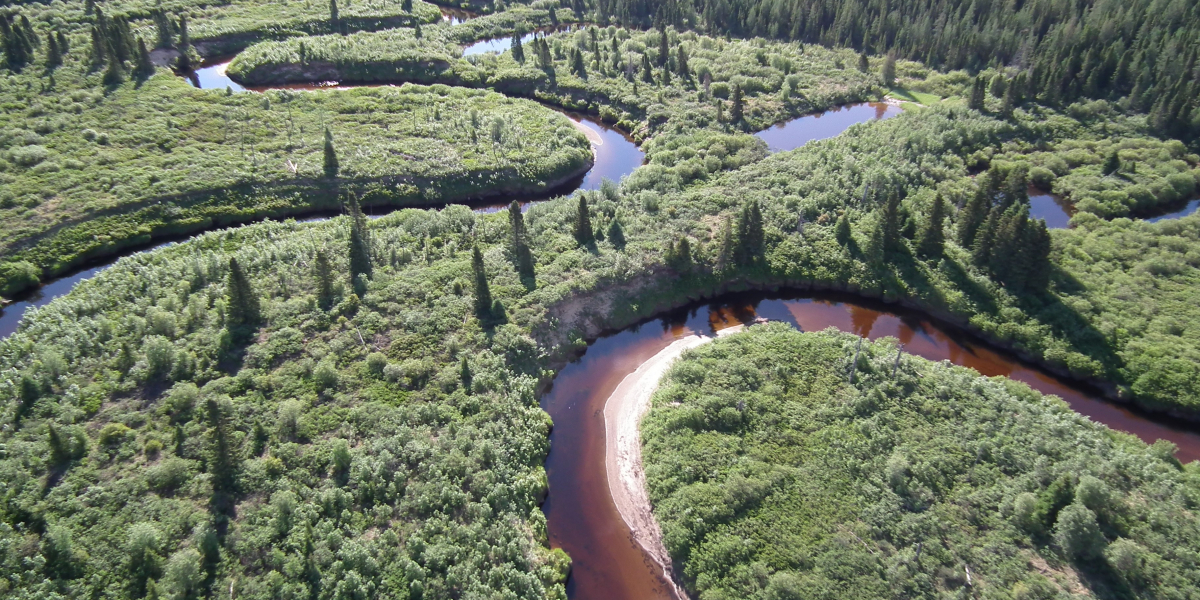Northern Peatlands store 20-30% of the world’s soil carbon, and a quarter of these peatlands are in Canada. Maintaining and protecting these critical carbon stores is essential, but peatlands have limited protection despite the tremendous benefits they deliver for communities, climate, and biodiversity. Global models that evaluate emissions reduction pathways for 2050 assume intact northern peatlands will continue to absorb and store carbon at their current extent and rates. However, they are not accounting for the risks from industrial development, fires, permafrost thaw, and land use change that can dramatically influence GHG storage and emissions from peatlands.
In this policy brief, we highlight findings from a recent study "The essential carbon service provided by northern peatlands” led by Dr. Lorna Harris of the University of Alberta and colleagues from multiple universities across the country, the Canadian Forest Service, Ontario Ministry of Natural Resources and Forestry, and Wildlife Conservation Society Canada. Their work examines how maintaining and protecting intact northern peatlands is essential to meet national and global climate targets, yet the associated emissions are largely not accounted for or reported on. The brief examines this underappreciated national climate policy challenge: Canada can invest billions in climate mitigation and adaptation, but if we do not address policy and data gaps associated with emissions from boreal peatlands in particular, national obligations and global climate targets could become out of reach. Conversely, increasing our commitments to protect peatlands and address climate policy gaps are cost-effective strategies to reduce emissions. Targeted and actionable policy and investment opportunities at the international and national level are put forward in the brief. Further illustration of the importance of the northern peatlands in Canada can be found at WCS Canada’s story map.
-
Read the Policy Brief
-
Read the paper: “The essential carbon service provided by northern peatlands”
-
View the Story Map
Photo credit: Mike Oldham


